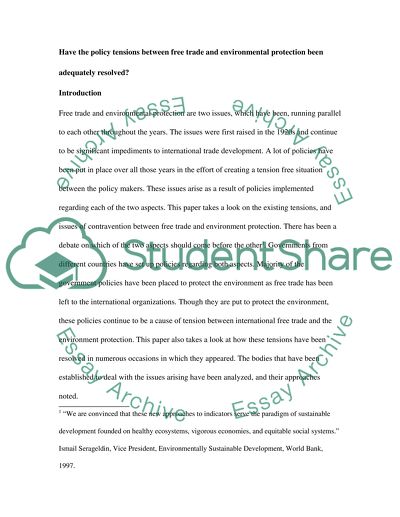Cite this document
(“Have the policy tensions between free trade and environmental Essay”, n.d.)
Retrieved from https://studentshare.org/law/1393035-have-the-policy-tensions-between-free-trade-and
Retrieved from https://studentshare.org/law/1393035-have-the-policy-tensions-between-free-trade-and
(Have the Policy Tensions Between Free Trade and Environmental Essay)
https://studentshare.org/law/1393035-have-the-policy-tensions-between-free-trade-and.
https://studentshare.org/law/1393035-have-the-policy-tensions-between-free-trade-and.
“Have the Policy Tensions Between Free Trade and Environmental Essay”, n.d. https://studentshare.org/law/1393035-have-the-policy-tensions-between-free-trade-and.


